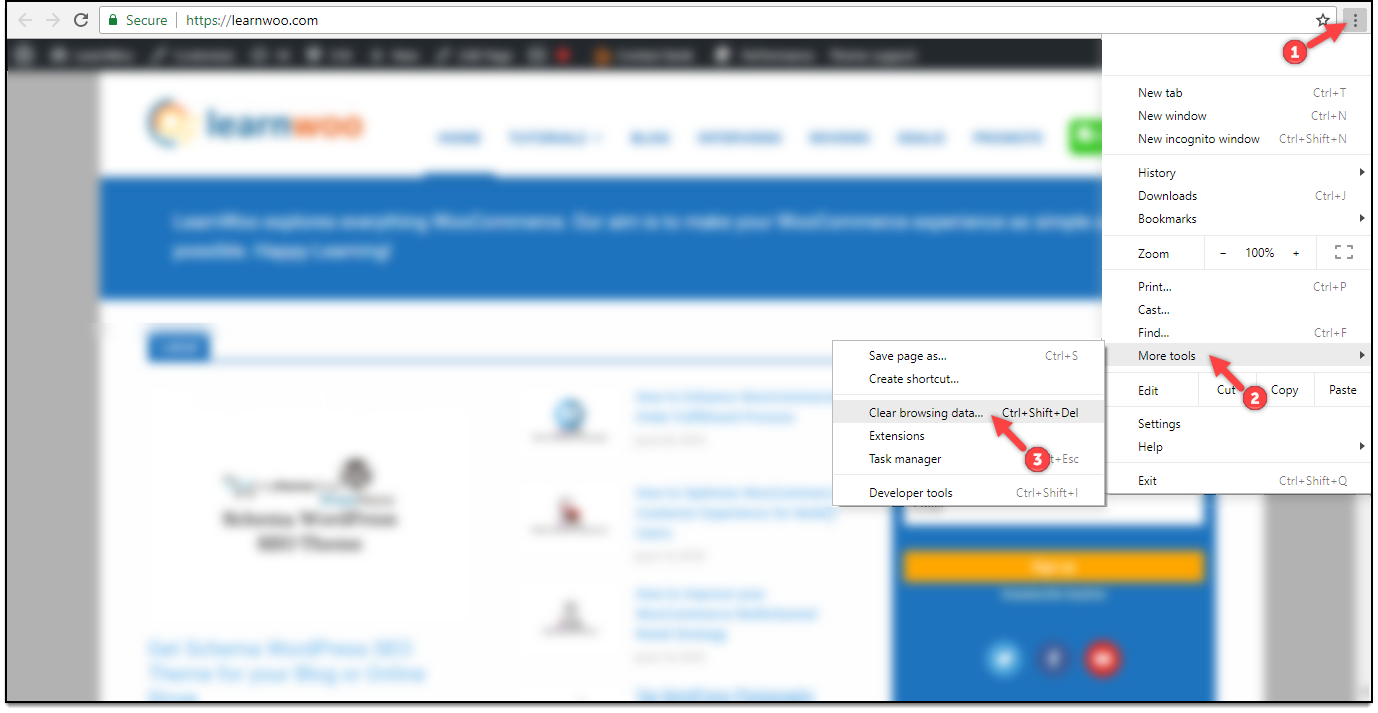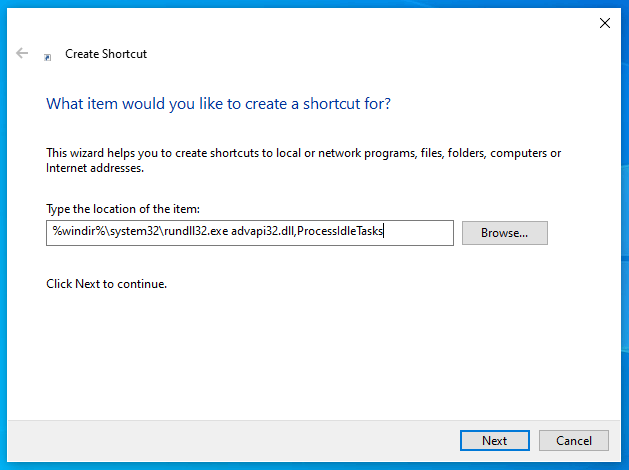

Right-click on the Start button and click on Task Manager. On the Task Manager screen, click on the Performance tab click on CPU in the left pane. In the right-pane, you will see L1, L2 and L3 Cache sizes listed under “Virtualization” section. How to clear the temporary files cache on Windows 10 using Disk Cleanup 1. Click Start, and then type 'Disk Cleanup.'
Important
This version of Operations Manager has reached the end of support, we recommend you to upgrade to Operations Manager 2019.

In System Center Operations Manager, when troubleshooting an issue with the Operations console or with an agent, you may see recommendations to 'clear the cache.' For additional information about troubleshooting an issue with an agent, see Not monitored and gray agents.
To clear the cache
The following table explains how and when to clear the console cache or agent cache.
.png)
| Cache | How to clear | When | Results |
|---|---|---|---|
| Operations console | Open the Operations console with the /clearcache parameter. | Use this method to open the Operations console if you experience errors trying to retrieve data in views, such as ObjectNotFoundExceptions, or when the cache file grows too large and you want to reduce its size on disk. | Opening the Operations console with /clearcache deletes the following file: %systemdrive%Users*username*AppData LocalMicrosoft Microsoft.EnterpriseManagement.Monitoring.Console momcache.mdb |
| Health service on agent-managed computer | 1. In the Monitoring workspace, expand Operations Manager and then expand Agent Details. 2. Click Agent Health State. 3. In Agent State, select an agent. 4. In the Tasks pane, click Flush Health Service State and Cache. | This should be the final step when troubleshooting issues with the agent, before uninstalling and reinstalling the agent. | Clearing the agent cache can cause data loss of monitoring data from that system. 1. Stops the Microsoft Monitoring Agent service. 2. Deletes the health service store files. 3. Resets the state of the agent, including all rules, monitors, outgoing data, and cached management packs. 4. Starts the Microsoft Monitoring Agent service. When the service restarts, the agent requests configuration from its primary assigned management server. Note: Because this task deletes the cached data in the health service store files, including the record of this task itself, no task status is reported on completion of the task. |
| Health service on management server | 1. In the Monitoring workspace, expand Operations Manager and then expand Management Server. 2. Click Management Servers State. 3. In Management Server State, select a management server. 4. In the Tasks pane, click Flush Health Service State and Cache. | Run this task on a management server when the management server is not functional, a restart has not fixed the problem, and you have exhausted other troubleshooting options. | Clearing the agent cache can cause data loss of monitoring data from agents to the management server. 1. Stops the Microsoft Monitoring Agent service. 2. Deletes the health service store files. 3. Resets the state of the agent, including all rules, monitors, outgoing data, and cached management packs. 4. Starts the Microsoft Monitoring Agent service. Note: Because this task deletes the cached data in the health service store files, including the record of this task itself, no task status will be reported on completion of the task. |
How To Clear Cache In Task Manager Mac
Next steps
How To Clear Cache In Task Manager
Review Viewing Active Alerts and Details to understand how it can help you review alerts that have been generated by rules and monitors which are still active.
To understand how Operations Manager monitors the communication channel between an agent and it's primary management server to ensure it is responsive and available, see How Heartbeats Work in Operations Manager.
